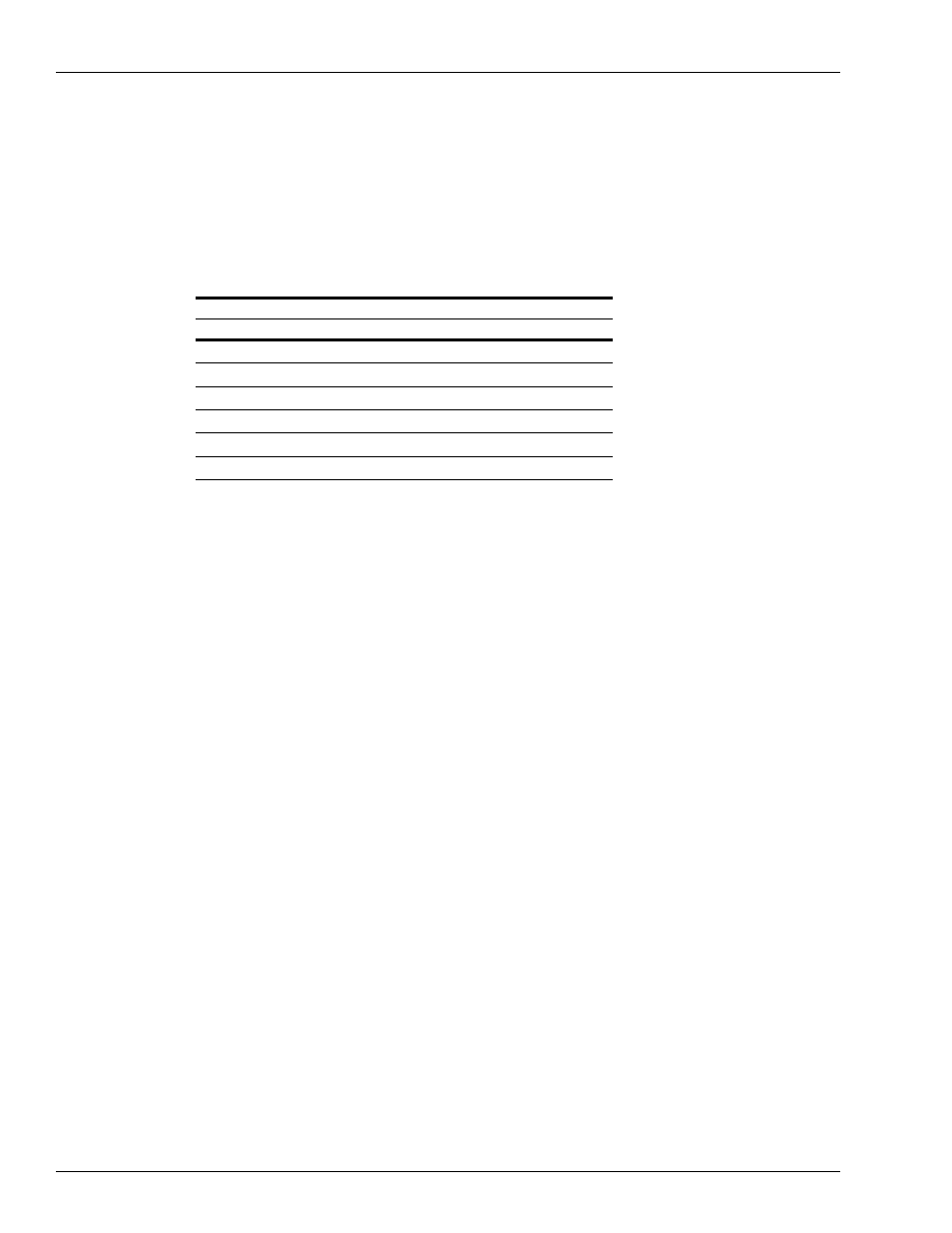Measuring pressure drop for pumps and dispensers, For self-contained pumps – Gasboy Atlas Start-up User Manual
Page 136

Page 6-16
MDE-4334D Atlas™ Start-up and Service Manual · July 2013
Hydraulic/Mechanical Components
Measuring Pressure and Vacuum
6
Read the psi reading on the gauge. The operating pressure depends on the STP horsepower.
For exact performance values, consult the manufacturer.
Note: The pressure at the dispenser inlet will reduce when the dispenser is dispensing fuel.
Pressure drop of more than a few psi may indicate an inadequately sized STP,
underground restrictions, inadequately sized plumbing, or a defective STP.
7
For a representation of model STP performance, refer to the following table. STPs with more
or fewer stages vary from the information in the following table:
Note: More stages usually mean higher pressure capability. Variable speed STPs can be set to
different pressures. Do not rely on this chart for the exact values
Operating Pressure
STP Horsepower
Gasoline
Diesel
1/3 HP
26 psi
76 kg-cm
2
30 psi
88 kg-cm
2
3/4 HP
30 psi
88 kg-cm
2
34 psi
99 kg-cm
2
1-1/2 HP
30 psi
91 kg-cm
2
35 psi
102 kg-cm
2
2 HP
41 psi
120 kg-cm
2
46 psi
134 kg-cm
2
3 HP
31 psi
91 kg-cm
2
35 psi
102 kg-cm
2
5 HP
38 psi
111 kg-cm
2
43 psi
126 kg-cm
2
.
For Self-contained Pumps
(Locations B and C).
To measure pressure for pumps, proceed as follows:
• Install the pressure gauge to the discharge side at a test port on the special filter cap
(location B).
• Install the pressure gauge downstream at the nozzle or other locations, as required
(location C).
Measuring Pressure Drop for Pumps and Dispensers
Use the Pressure Drop test to check the specific groups of parts (meters, shear valves, filters,
and others). An exceptionally high pressure drop for a specific flow rate indicates that a part is
clogged or defective.
To measure the pressure drop for pumps and dispensers, proceed as follows:
1
Shut off power to the unit. Multiple disconnects may be required.
2
Ensure that the pump/dispenser handle is in the Off position. For pumps, shut off power to the
motor and pump using lockout/tagout procedures. While measuring a dispenser, close and test
the shear valve. Place the nozzle in an approved container. Lift the pump handle and squeeze
the nozzle slowly to bleed of the pressure.
3
Wear eye protection and then install pressure gauges. For locations, see
on
.
• For pumps, install pressure gauges at the pumping unit discharge test port and the
discharge special T-fitting (location C).
• For dispensers, install the pressure gauge at the shear valve test port (location A) or filter
cap port (location B) and at the discharge special T-fitting (location C).
4
Restore power to the unit. Open the shear valve on dispensers. Lift the pump handle to the On
position. Activate the nozzle and pump fuel at full flow into an approved container.
